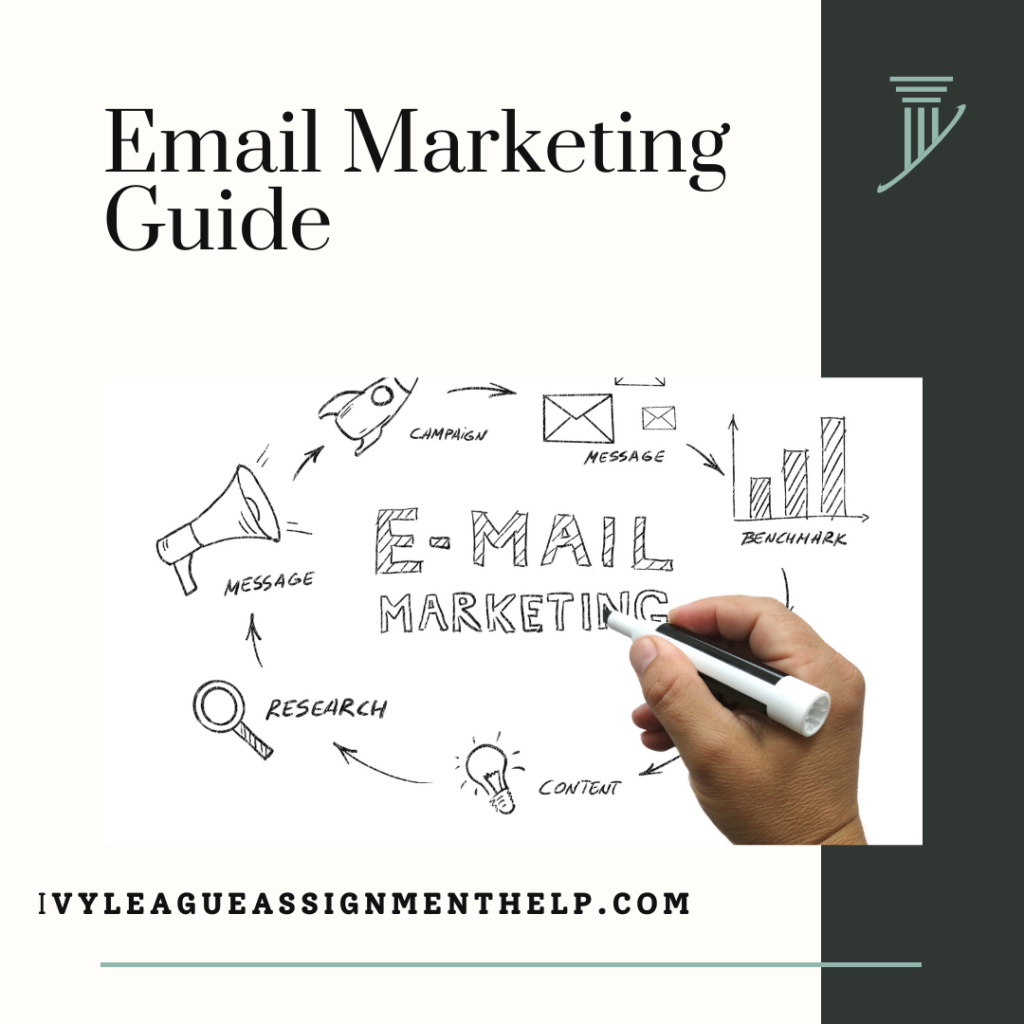The Ultimate Guide to Email Marketing for Students
Introduction
Email marketing remains a powerful tool in the digital marketing landscape. For students pursuing careers in marketing, mastering email marketing is crucial. This guide provides an in-depth look at email marketing, offering valuable insights and practical tips to help students succeed in this dynamic field.

Understanding Email Marketing
What is Email Marketing?
Email marketing involves sending emails to a targeted audience to promote products, share information, and build relationships. It’s a direct form of communication that can drive engagement and conversions.
Importance of Email Marketing
Email marketing is essential due to its high ROI, ability to reach a specific audience, and versatility in content. It helps businesses nurture leads, retain customers, and build brand loyalty.
Building an Email List
Creating Opt-In Forms
Opt-in forms are tools used to collect email addresses from website visitors. They should be strategically placed on your website and offer something valuable in return, such as a free e-book or discount.
Using Lead Magnets
Lead magnets are incentives offered to potential subscribers in exchange for their email addresses. These can include exclusive content, discounts, or access to webinars.
Segmenting Your Audience
Segmenting involves dividing your email list into smaller groups based on criteria like interests, purchase history, or demographics. This allows for more personalized and effective email campaigns.
Crafting Effective Emails
Writing Compelling Subject Lines
The subject line is the first thing recipients see and determines whether they open the email. Make it compelling, concise, and relevant to grab their attention.
Designing Engaging Email Content
The content of your email should be engaging and valuable to your audience. Use a mix of text, images, and calls to action to keep readers interested.
Personalization and Customization
Personalize emails by addressing recipients by name and tailoring content based on their preferences and behaviour. Customization increases engagement and builds stronger relationships.
Email Marketing Campaigns
Types of Email Campaigns
Different types of campaigns include newsletters, promotional emails, transactional emails, and automated drip campaigns. Each serves a unique purpose and should be used strategically.
Setting Campaign Goals
Define clear goals for your email campaigns, such as increasing sales, driving website traffic, or boosting engagement. Goals help measure the success of your efforts.
Creating a Campaign Schedule
Plan and schedule your email campaigns in advance. Consistency is key to maintaining engagement and building trust with your audience.
Analyzing and Optimizing Performance
Key Metrics to Track
Track metrics such as open rate, click-through rate, conversion rate, and unsubscribe rate. These metrics provide insights into how your emails are performing.
A/B Testing
A/B testing involves sending two versions of an email to see which performs better. Test elements like subject lines, images, and calls-to-action to optimize your emails.
Using Analytics Tools
Utilize tools like Google Analytics and built-in analytics for email marketing platforms to monitor and analyze your campaign performance.
Legal Considerations in Email Marketing
Understanding CAN-SPAM Act
The CAN-SPAM Act sets rules for commercial emails, including requirements for opt-out mechanisms and accurate sender information. Compliance is crucial to avoid penalties.
GDPR Compliance
For audiences in the EU, the General Data Protection Regulation (GDPR) requires explicit consent for collecting and using personal data. Ensure your email practices comply with these regulations.
Best Practices for Legal Compliance
Always provide an easy way for recipients to unsubscribe, clearly identify your emails as advertisements, and include your physical business address in your emails.
Tools and Resources for Email Marketing
Email Marketing Platforms
Design Tools
Use design tools like Canva and Adobe Spark to create visually appealing email templates and graphics.
Automation Tools
Automation tools help streamline your email marketing efforts. They allow you to set up automated campaigns based on user behaviour, saving time and increasing efficiency.
Practical Applications and Case Studies
Successful Email Marketing Campaigns
Analyze case studies of successful email marketing campaigns to learn what works. Look at examples from various industries to gain insights and inspiration.
Internship and Job Opportunities
Pursuing internships and job opportunities in email marketing provides hands-on experience. It helps you apply theoretical knowledge and build practical skills.
Networking and Professional Development
Join marketing groups and attend industry conferences to network with professionals and stay updated on the latest trends and best practices in email marketing.
FAQs
How often should I send emails to my subscribers?
The frequency depends on your audience and the type of content you offer. Generally, sending 1-2 emails per week is a good starting point. Monitor engagement and adjust accordingly.
What are some common mistakes in email marketing?
Common mistakes include sending too many emails, not segmenting your audience, ignoring analytics, and failing to provide value in your content.
How can I increase my email open rates?
Improve open rates by crafting compelling subject lines, personalizing emails, and ensuring your emails are mobile-friendly. Also, send emails at optimal times based on your audience’s behaviour.
What should I include in my email newsletters?
Include a mix of company updates, industry news, valuable tips, and calls to action. Ensure the content is relevant and engaging to your audience.
How do I avoid my emails ending up in the spam folder?
Avoid spam triggers like excessive use of exclamation points and all caps. Ensure your email content is relevant, and regularly clean your email list to remove inactive subscribers.
What are the benefits of using email marketing automation?
Automation saves time, increases efficiency, and allows for personalized communication based on user behaviour. It helps maintain consistent engagement with your audience.
